Fungus among Us
Did you know that your body hosts more than 80 types of fungus, and the body part with the most is the heel, followed by the rest of the foot?
According to Life reporter- Jessica McDiarmid of the Toronto star, Found May 27, 2013. Researchers at the U.S National Institutes of Health launched a study of human fungal skin diversity using DNA sequencing.
“By gaining a more complete awareness of the fungal and bacterial ecosystems, we can better address associated skin diseases, including skin conditions which can be related to cancer treatments,” said Dr. Heidi Kong, one of the authors of the study. The research was published this week in Nature. Researchers focused on areas of the body associated with fungal infection, testing 14 sites on 10 healthy adults. Feet, by far host the most fungi types. Along with 80 found on the heel, researches found about 60 types on toenails and 40 in toe webbing.
Arms carry between 18 and 32 types of fungi, inside the elbow, on the inner forearm and the palm. The head and torso have the fewest types, with 2-10 depending on the site. Though fungal infections are common, difficulties growing fungi in a lab complicated diagnosis and treatment. Using DNA sequencing, researchers were able to identify more than 80 types of fungi. Traditional culturing methods produced just 18.
DNA sequencing reveals the great diversity of fungi, even those that are hard to grow in culture,” said co-author Julie Segre. “The data from our study gives us a baseline about normal individuals that we never had before.” Fungi levels were similar in each person and didn’t seem to change much over time-researchers tested twice, up to three months apart. “The bottom line is your feet are teeming with fungal diversity,” said Segre. “So wear your flip flops in locker rooms if you don’t want to mix your foot fungi with someone else’s fungi.
As Podortho / Advanced Foot Care Nurses we see fungus everyday in our practices either on the skin or on the toenails. We all know the fungus likes warm, dark and damp places, the importance of client education for at home is just as important as the care we give. This includes disinfecting our shoes and socks, to using products and treatments that are applied to the skin and nails. Some of our clients are not able to comply with home treatments due to the inability to reach there feet; we may have to work with their families or health care providers to help.
Routine foot care is always the best option, especially for those with complications regarding their foot and lower limb care like diabetes and circulatory problems. Using our advanced knowledge in assessment and skill we can keep our clients comfortable by reducing toenail thickness and monitoring skin problems that may arise. Podortho Nurses are often the first to notice these issues and will work with our health care teams and the client to treat and educate to reduce further complications and provide management strategies and on- going care plans of prevention and healing.


